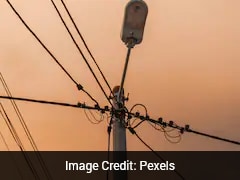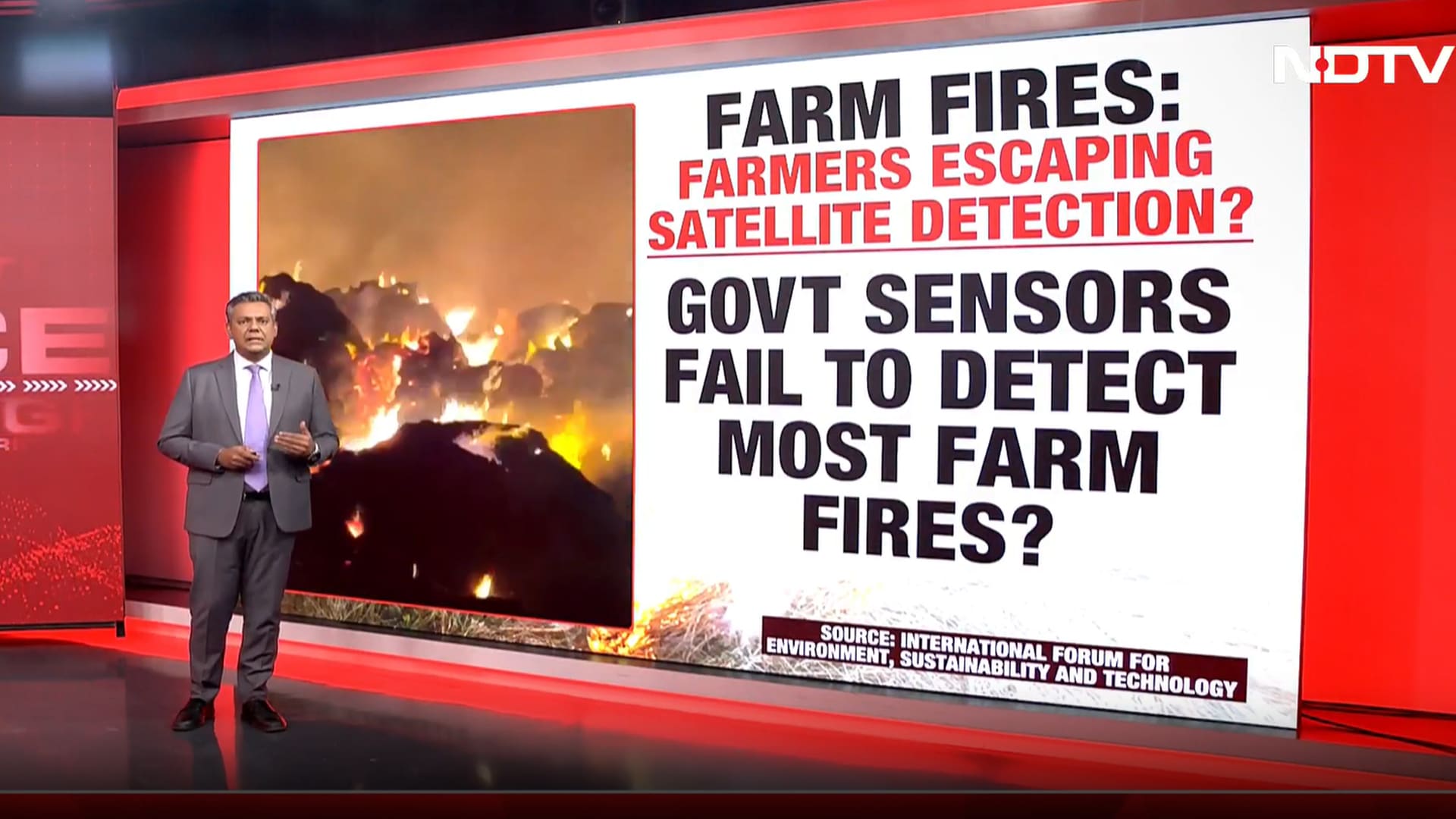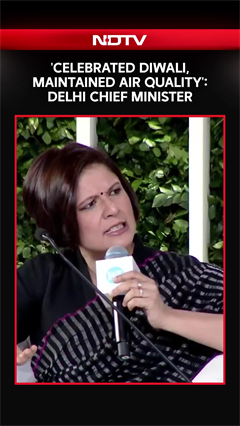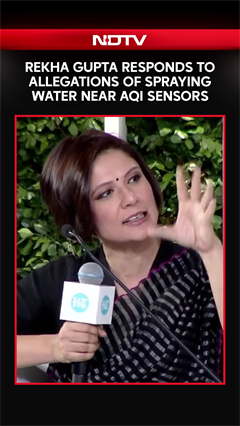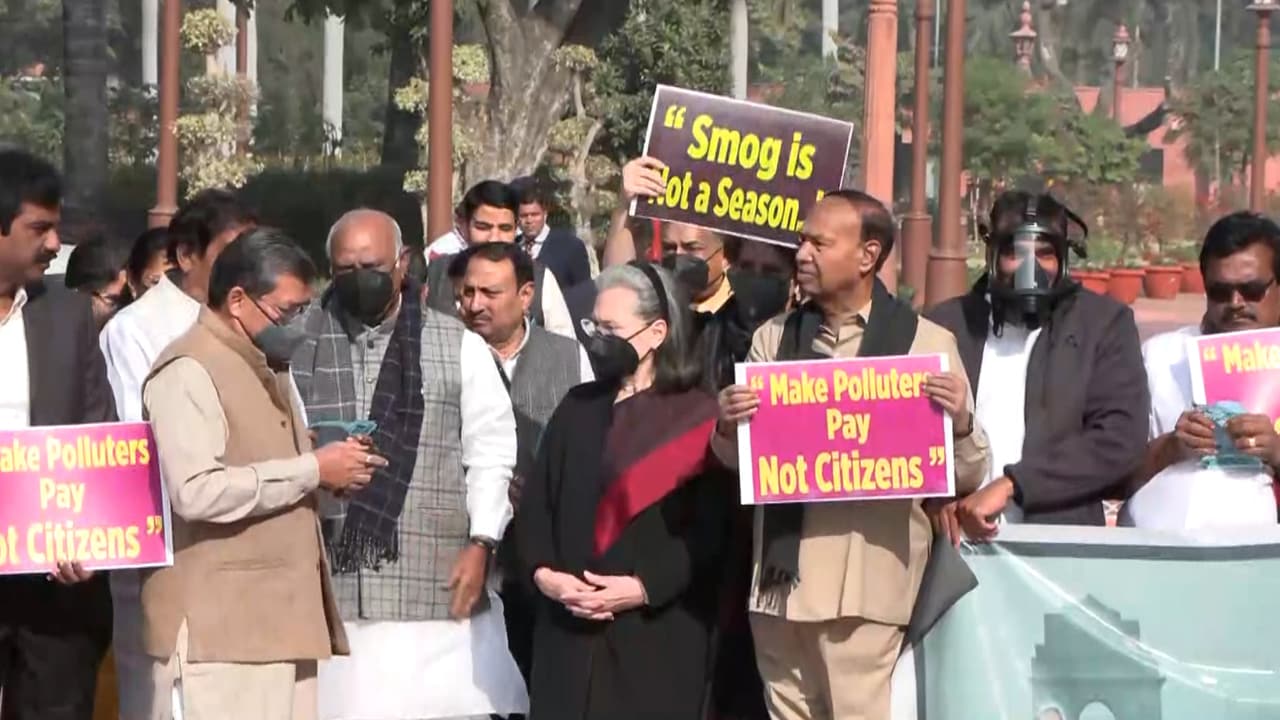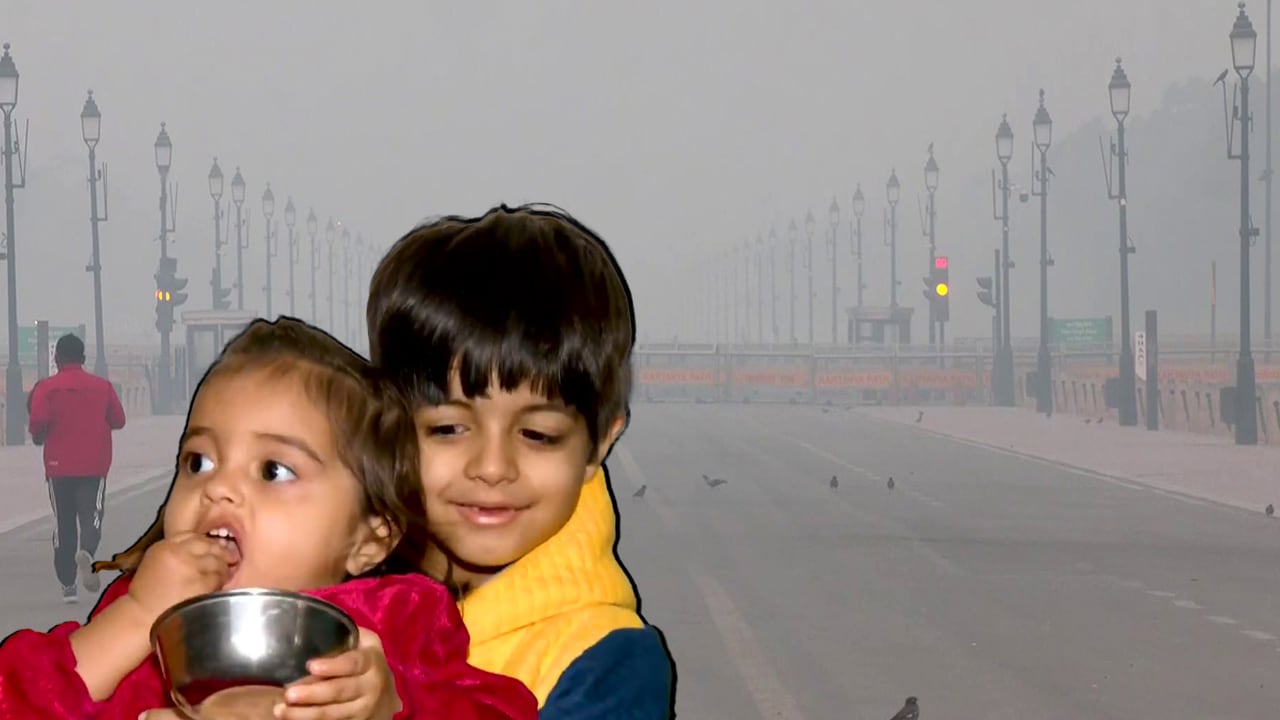- Home/
- After Microplastics, Delhi Air Poisoned By Mercury, Study Finds
After Microplastics, Delhi Air Poisoned By Mercury, Study Finds

Highlights
- Delhi's air contains 6.9 nanograms of mercury per cubic metre on average
- Mercury levels in Delhi exceed Northern Hemisphere's average of 1.7 nanograms
- 72 to 92 per cent of mercury emissions in Delhi come from human activities
A new study conducted by Indian researchers has highlighted Delhi's pollution crisis, with toxic metal mercury found in the capital city's air. Researchers reported that Delhi's air contained 6.9 nanograms of mercury per cubic metre on average, which is much higher than the global average of the Northern Hemisphere (1.7 nanograms per cubic metre) and the Southern Hemisphere (1.3 nanograms per cubic metre).
The first-of-its-kind study, conducted by scientists from the Indian Institute of Tropical Meteorology (IITM), Pune, has been published in the journal Air Quality, Atmosphere & Health, by Springer. It analysed data from 2018 to 2024 on gaseous elemental mercury (GEM), a key atmospheric pollutant.
The study attributed 72 per cent to 92 per cent of mercury emissions to human activities, primarily from fossil fuel combustion, industrial activities, and vehicular emissions.
"Natural contributions (8 to 28 per cent) were attributed to re-emission from soil and photochemical processes," the study highlighted.
According to the World Health Organization (WHO), mercury is a toxic metal which is considered among the top 10 chemicals or groups of chemicals of major public health concerns. Though individuals faced a higher chronic exposure to mercury in Delhi, the values remained below WHO thresholds.
"This study highlights the spatial variability, source pathways, and potential health implications of urban mercury pollution in Indian cities and underscores the need for integrated monitoring and policy interventions," the researchers stated.
The study, however, did contain one silver lining: mercury concentrations decreased during the period analysed, in contrast to earlier measurements.
Also Read | Is Cheryl Richardson-Wagner The 'Phillies Karen' From Viral Clip? Fact Check
Microplastics in Delhi air
The study comes in the backdrop of another report underscoring Delhi's escalating pollution crisis, revealing microplastics in three major particulate matter categories: PM10, PM2.5, and PM1. Average concentrations were 1.87 microplastics per cubic metre for PM10, 0.51 microplastics per cubic metre for PM2.5, and 0.49 microplastics per cubic metre for PM1.
The report showed that adults in Delhi inhale almost twice as many microplastic particles in summer as they do in winter. The average daily microplastic exposure rose from 10.7 particles in the colder months to 21.1 in the hotter season -- highlighting a 97 per cent jump.
Though no safe threshold for inhaling microplastics has been established, the study warned that constant exposure to these tiny materials could lead to increased cases of bronchitis, pneumonia, lung inflammation and even cancer.
also read
Latest Stories
- Press Trust of India | Wednesday December 10, 2025 , New Delhi
Amid high pollution levels in the capital, the Delhi Pollution Control Committee (DPCC) has issued directions mandating a strict ban on the use of coal and firewood in tandoors across all hotels, restaurants and open eateries in the city.
- Press Trust of India | Monday December 08, 2025 , New Delhi
Delhi's air quality remained locked in the 'very poor' category on Monday, with the air quality index (AQI) staying above 300, while forecasts suggest that pollution levels are likely to deteriorate further.
- Reported by Ashwine Kumar Singh | Monday December 08, 2025 , New Delhi
Delhi Chief Minister Rekha Gupta's remarks about the government using mist sprayers to contain pollution at hotspots has drawn a stinging response from her predecessor Arvind Kejriwal.
- Written by Rupashi Chhabra | Monday December 08, 2025
Maintaining lung health is essential for longevity. Here are five simple steps to perform an anti-pollution lung detox for long-term well-being.
- Edited by Astitva Raj | Sunday December 07, 2025
His post clearly explains the various daily challenges he faced after moving to India from Ireland.
................................ Advertisement ................................
Latest Videos
Opinion
Blog | Well Done, Delhi. You've Turned Lung Sacrifice Into A Badge Of HonourSaikat Kumar Bose
Monday November 10, 2025Till some years back, Delhiites would ask angry questions to those in power about the capitals annual tryst with toxic air. This has changed. Those in the driving seat dont see the need to answer now.
Opinion | Why Indians Have Just Given Up On Air Pollution CrisisTanushree Ganguly
Friday December 20, 2024While some may argue that people in Delhi are now more aware of air pollution than they were a decade back, my rebuttal would be that awareness does not mean that people are concerned.
Opinion | You Must Outrage Over Filthy Air More Than Once A YearJyoti Pande Lavakare
Tuesday December 10, 2024Delhi welcomed us with monsoon rains and mangos. We were home. Fast forward a couple of years, in the winter of 2012, I found myself in denial about something other parents, mostly expats, were calling toxic air.
Opinion | Delhi's Air Pollution Situation Is Like A Bad MarriageNishtha Gautam
Friday November 22, 2024On a good day, such as today, the AQI reading in Delhi is 407. We are jubilant at the sickly sunshine trickling through the slightly dissipated smog. At least its not 1600.
दिवाली... पराली... सियासी जुगाली!Ashwini kumar
Monday November 18, 2024दिल्ली-एनसीआर में प्रदूषण का समाधान तो आज तक मिला नहीं. हर साल चिंतित होकर हम-आप सांसों की तकलीफ के साथ-साथ दिल और ब्लड प्रेशर के मरीज भी क्यों बनें?







